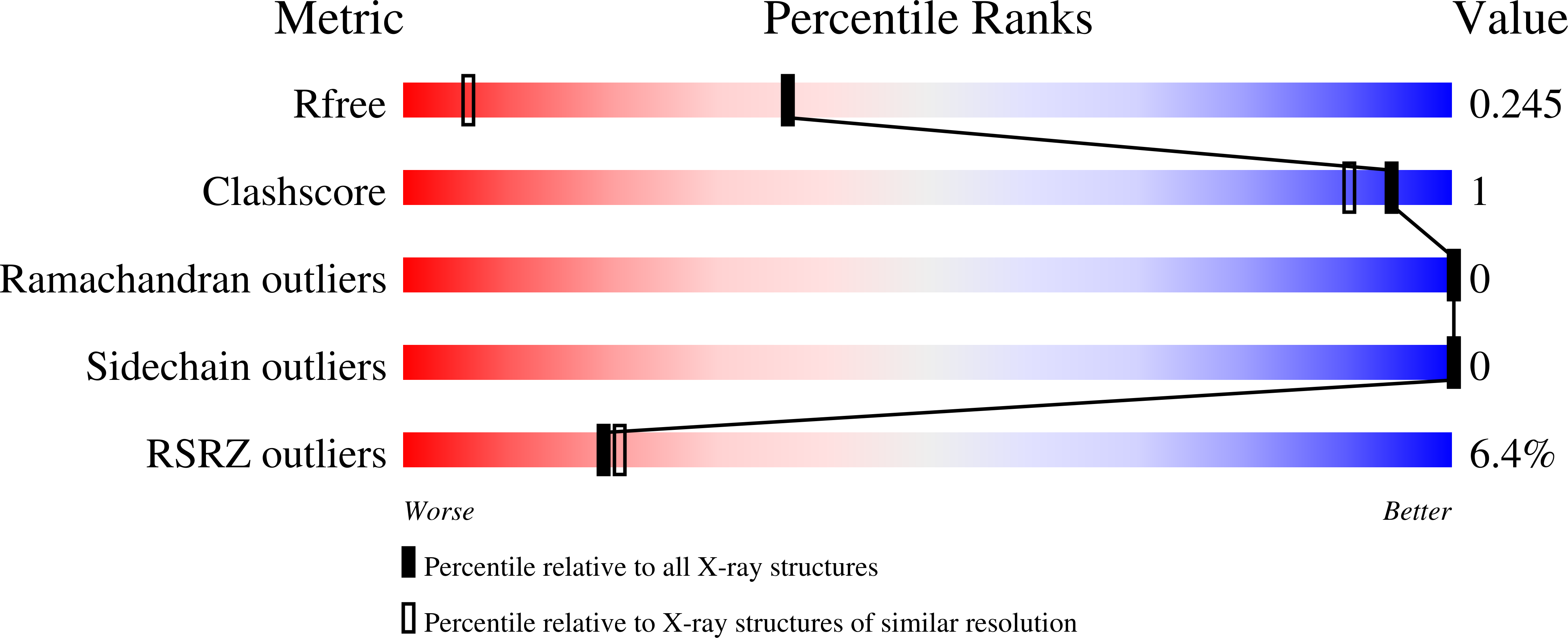
Deposition Date
2020-09-23
Release Date
2021-03-31
Last Version Date
2024-01-31
Entry Detail
PDB ID:
7AGW
Keywords:
Title:
Structure of the N-domain of the K+/H+ antiporter subunit KhtT at pH 6.5
Biological Source:
Source Organism:
Bacillus subtilis (strain 168) (Taxon ID: 224308)
Host Organism:
Method Details:
Experimental Method:
Resolution:
1.51 Å
R-Value Free:
0.24
R-Value Work:
0.22
R-Value Observed:
0.22
Space Group:
P 21 21 21


